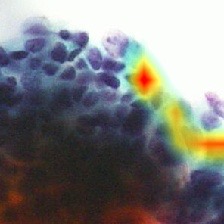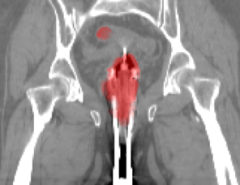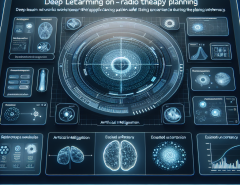Authors: Atsushi Teramoto, Ayano Michiba, Yuka Kiriyama, Tetsuya Tsukamoto, Kazuyoshi Imaizumi, Hiroshi Fujita
Published on: March 26, 2024
Impact Score: 8.0
Arxiv code: Arxiv:2403.18151
Summary
- What is new: The study proposes a unique report-generation technique for lung cytology images that combines a CNN for image classification with a Transformer-based text decoder for generating reports, tailored to the classification results.
- Why this is important: Pulmonary cytology, involving cell morphology characterization for lung cancer diagnosis, is a highly labor-intensive and error-prone task.
- What the research proposes: A combined vision and text-generation model that uses CNN for classifying cytology images as benign or malignant, and then generates a detailed report using a Transformer-based text decoder.
- Results: Achieved 100% sensitivity and 96.4% specificity in classifying pulmonary cytology specimens, with generated reports showing high grammatical accuracy and better alignment with the gold standard compared to existing methods.
Technical Details
Technological frameworks used: Convolutional Neural Network (CNN) for image classification; Transformer for text generation.
Models used: CNN for classification, Transformer-based text decoders for benign and malignant reports.
Data used: 206 pulmonary cytology specimen images (71 benign, 135 malignant).
Potential Impact
Healthcare diagnostics, specifically lung cancer diagnosis companies, and digital pathology solution providers could see a significant automation and accuracy improvement.
Want to implement this idea in a business?
We have generated a startup concept here: LungScope AI.



Leave a Reply